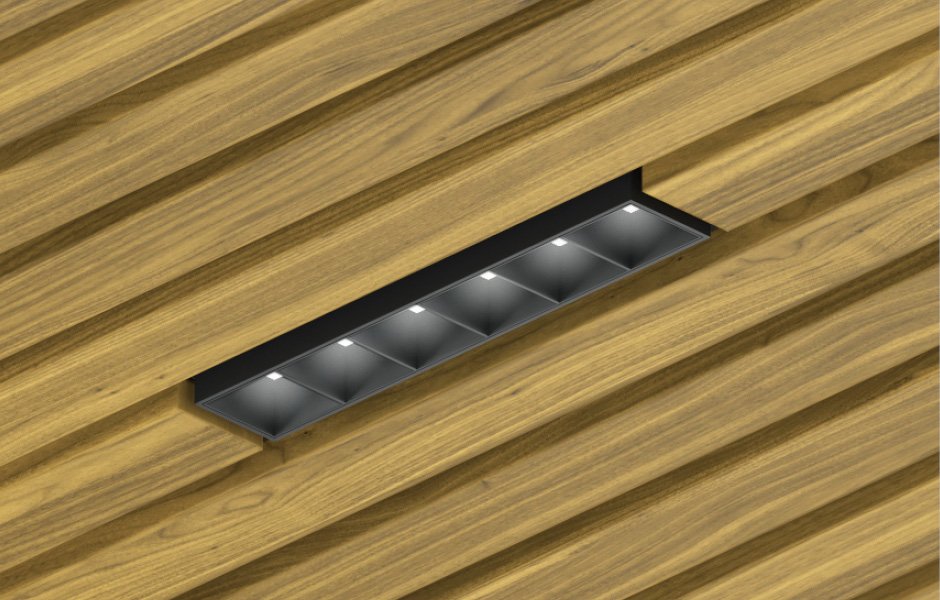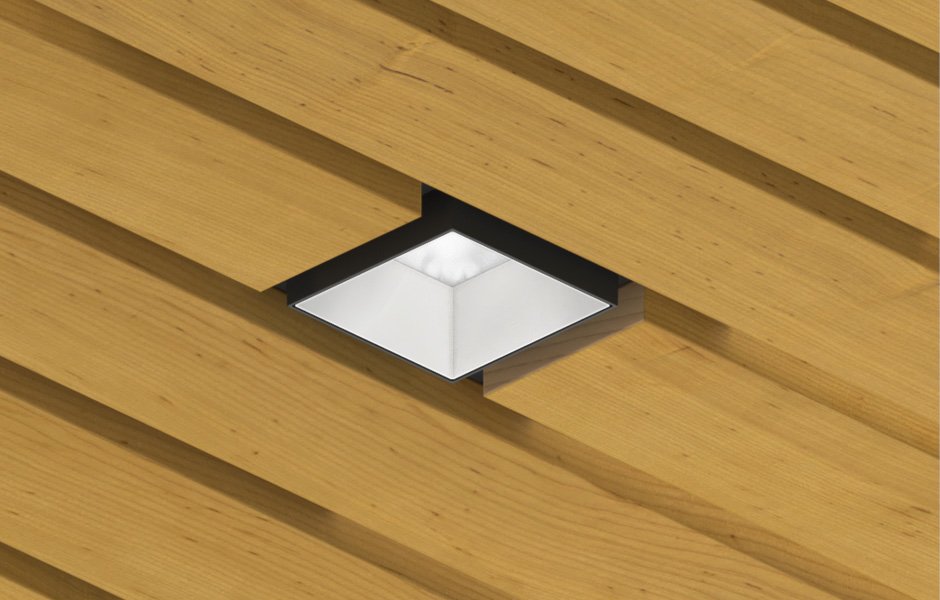The History of Woodworking: A Journey through Time
Woodworking is a craft that has been an integral part of human civilization for thousands of years. From the earliest primitive tools to the modern machinery used today, the history of woodworking is a fascinating journey through time. Over the centuries, different cultures and civilizations have developed their unique techniques and styles in creating intricate woodworks. The art of woodworking has simplified and transformed over time, but its essence and the admiration for finely crafted wooden pieces have remained constant.

In the early days, woodworking was a necessity rather than an artistic expression. Ancient civilizations used wood for various practical purposes, such as constructing shelter, making tools, and creating furniture. However, as human ingenuity evolved, so did the level of craftsmanship in woodworking. The development of linear woodworking, with its focus on clean lines, precision, and functionality, emerged as an important aspect of the craft. Today, linear woodworking has become a popular style that highlights the beauty of wood and emphasizes its inherent qualities through sleek designs and meticulous joinery techniques.
Related:-Woodworking Edge Corner Plane
Understanding the Principles of Linear Woodworking
The principles of linear woodworking revolve around the concept of creating clean, straight lines in the woodwork. This involves using techniques that ensure precision and accuracy at every step of the process. The key to achieving straight lines lies in understanding the importance of measurement and marking. Accurate measuring and marking help in planning the layout of the project, determining the size and dimensions, and visualizing the end result.
Another principle of linear woodworking is the focus on straight cutting and shaping. This means using tools and techniques that allow for precise and controlled cuts, ensuring that the wood is shaped according to the desired design. Straight cuts are essential for maintaining the integrity of the lines and achieving a clean and professional finish. From using a sharp saw to employing a straight edge or a miter gauge, there are various tools and methods available to achieve straight cuts and shapes in linear woodworking.
Exploring Different Types of Wood Used in Linear Woodworking
When it comes to linear woodworking, the choice of wood plays a crucial role in achieving the desired results. Different types of wood offer unique characteristics that can enhance the final outcome of a project. One popular wood type used in linear woodworking is oak. Renowned for its durability and strength, oak is often chosen for furniture and cabinetry. Its distinct grain pattern adds a touch of elegance to any piece and can be enhanced further through various finishing techniques. Another commonly used wood in linear woodworking is pine. Known for its affordability and availability, pine is a versatile option that can be easily cut, shaped, and stained. Its light color and straight grain make it ideal for projects that require a more rustic or natural appearance.
In addition to oak and pine, walnut is another wood type frequently used in linear woodworking. Walnut is prized for its rich, dark brown color and beautiful grain pattern. It is often used for high-end furniture pieces and adds a touch of luxury to any project. Mahogany is also a popular choice, especially for its deep red-brown color and natural beauty. It is well-suited for fine woodworking and can be easily carved and shaped. Maple, on the other hand, is valued for its light color and durability. It is often used in furniture making and can be stained to mimic other wood types. Exploring the different types of wood available for linear woodworking allows craftsmen to choose the one that best suits their project and desired aesthetic.
Essential Tools and Equipment for Woodworking Projects
When it comes to woodworking projects, having the right tools and equipment is essential for success. One of the most basic tools that every woodworker should have is a set of high-quality chisels. Chisels come in different sizes and shapes, allowing you to cut, carve, and shape wood with precision. Another important tool is a good quality hand plane. A hand plane is used to smooth and flatten wood surfaces, making it a must-have for any woodworking project. Additionally, a reliable tape measure is crucial for accurate measurements, ensuring that your pieces fit together perfectly.
In addition to these hand tools, power tools play a vital role in woodworking projects. A circular saw is a versatile tool that can be used for straight cuts, bevel cuts, and even rip cuts. This makes it a staple tool for many woodworking projects. A cordless drill is also an essential tool, allowing you to drill holes, drive screws, and perform various tasks with ease. Moreover, a router is an indispensable tool for adding decorative edges and profiles to your wood pieces. Its versatility and precision make it an essential tool for any serious woodworker.

Having the right tools and equipment is crucial for woodworking projects, allowing you to work efficiently and achieve professional results. Whether it’s the precision of a chisel, the versatility of a circular saw, or the decorative possibilities of a router, investing in good quality tools will greatly enhance your woodworking experience. So, before you embark on your next project, make sure you have these essential tools in your arsenal.
Step-by-Step Guide: Planning and Designing Linear Woodworks
When it comes to planning and designing linear woodworks, there are several important steps to consider. First, it is essential to have a clear vision of the final product in mind. This includes determining the size and dimensions of the woodwork, as well as any specific details or features that you want to incorporate. Once you have a clear vision, it is important to sketch out your design on paper or use computer software to create a digital representation. This will allow you to visualize how the finished woodwork will look and make any necessary adjustments before starting the construction process.
Next, it is important to consider the materials that will be used for the woodwork. Different types of wood offer distinct characteristics and aesthetics, so it is important to choose the right material for your project. Factors such as durability, grain pattern, and cost should all be taken into consideration. Additionally, it is important to properly prepare the wood before starting the construction process. This may involve sanding, filling any imperfections, or applying a finish to enhance the appearance and protect the wood from damage. By carefully selecting the materials and properly preparing the wood, you can ensure that your linear woodwork will have a professional and polished finish.
Techniques for Cutting and Shaping Wood in a Linear Manner
Woodworking involves a variety of techniques for cutting and shaping wood in a linear manner. One commonly used technique is crosscutting, which involves cutting the wood across the grain. This technique is often used to create shorter pieces or to cut materials to the desired length. It is important to use a sharp crosscut saw or a circular saw with a crosscutting blade to ensure clean and precise cuts. Another technique is rip cutting, which involves cutting the wood along the grain. This technique is ideal for making long and narrow pieces of wood, such as strips or boards. It is recommended to use a rip saw or a table saw with a rip blade to achieve smooth and straight cuts.
In addition to crosscutting and rip cutting, there are other techniques that can be employed for cutting and shaping wood in a linear manner. These include dado cuts, which are used to create channels or grooves in the wood, and bevel cuts, which are angled cuts made along the edge of the wood. Dado cuts are commonly made using a dado blade on a table saw, while bevel cuts can be made with a miter saw or a circular saw with a bevel adjustment. These techniques, along with others such as chamfering and rabbeting, provide woodworkers with a range of options when it comes to cutting and shaping wood in a linear manner. By understanding and mastering these techniques, woodworkers can create precise and accurate cuts that contribute to the overall quality of their woodworking projects.
What is linear woodworking?
Linear woodworking refers to the process of cutting and shaping wood in a straight or linear manner, typically used in creating furniture, cabinetry, and other wooden structures.
How long has woodworking been practiced?
Woodworking has a rich history dating back thousands of years. It is one of the oldest crafts known to humanity and has been practiced since ancient times.
What are the principles of linear woodworking?
The principles of linear woodworking involve using straight cuts and shaping techniques to create clean, precise lines in wood. This includes understanding grain direction, proper measuring and marking, and using appropriate tools for the job.
What types of wood are commonly used in linear woodworking?
Various types of wood can be used in linear woodworking, including hardwoods such as oak and maple, as well as softwoods like pine and cedar. The choice of wood often depends on the specific project and desired aesthetic.
What tools and equipment are essential for linear woodworking projects?
Essential tools for linear woodworking include a tape measure, a miter saw or circular saw, a chisel set, a router, clamps, sandpaper, and various hand tools like a hammer and screwdriver. Additionally, safety equipment such as goggles and gloves should be used.
How do you plan and design linear woodworks?
Planning and designing linear woodworks involves creating a detailed blueprint or sketch of the desired project, considering measurements, proportions, and functionality. It is important to determine the necessary materials and make accurate calculations before starting the construction process.

What techniques can be used for cutting and shaping wood in a linear manner?
Techniques for cutting and shaping wood in a linear manner include using a table saw or circular saw for straight cuts, a router for creating grooves or decorative edges, and chisels for more intricate shaping. Sanding and finishing techniques can also be employed to achieve a smooth and polished result.




